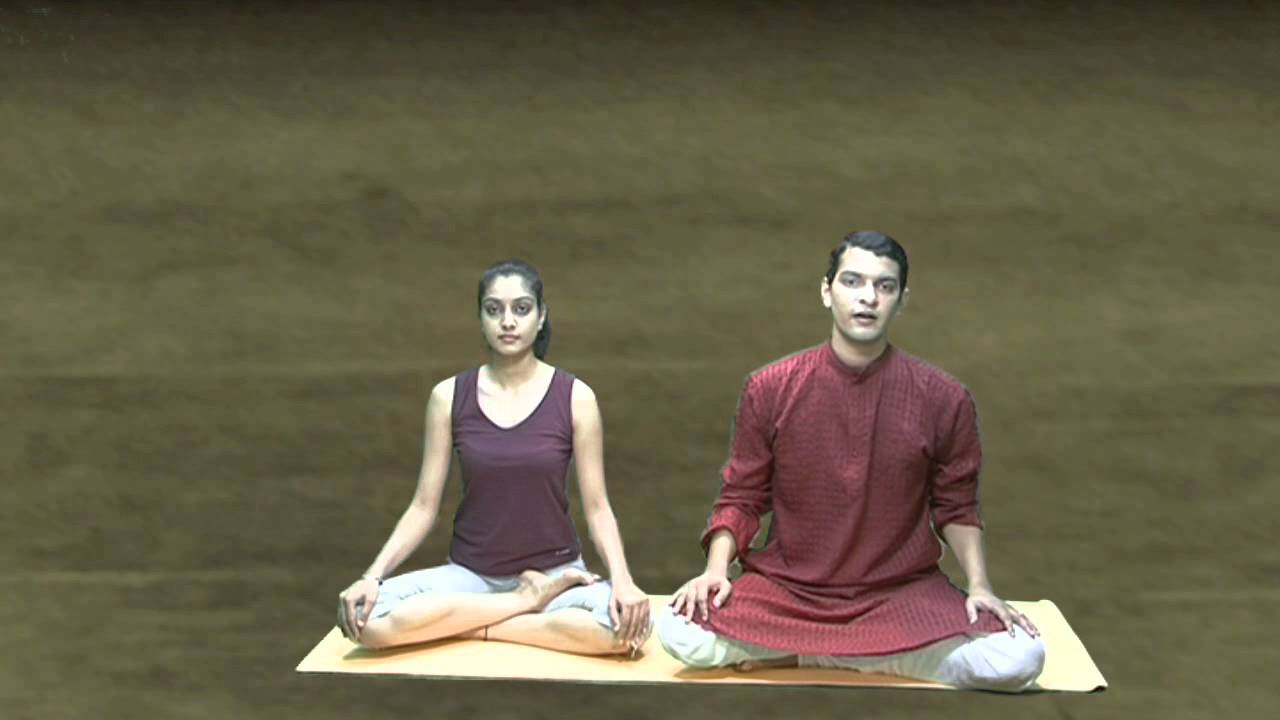Article by Andi Jackson
You may feel a bit like you have jumped in at the deep end. There are a lot of technical words in Yoga, many of which originate from Sanskrit so it can be difficult to understand and follow instructions as a beginner. This is a quick but detailed explanation of some of the more common Yoga terminologies to help you getting started.
AsanasNo doubt you will hear and read this word many times when researching Yoga or attending Yoga sessions. Asana means pose or posture and is the name given to all Yoga postures. This is why all of the yoga postures you will encounter end in asana. For example, Tadasana means Mountain Pose. When someone refers to a Yoga Asana, they are really just saying Yoga Pose. Yoga texts mention around 840,000 Yoga postures and up until recently only around 20-30 of these used in daily practice. Now over 200 Yoga postures are being used by Yoga students across the globe.
PatanjaliPatanjali is the legendary founder of Yoga teachings. Patanjali is said to have to lower body of a serpant and be the bringer of philosophy, language and medicine to India. Although mythological in appearance it is accepted that Patanjali was in fact a historical figure and it is estimated he lived around 220 BC. Patanjali developed the Yoga Sutras.
Yoga SutrasThe Yoga Sutras (otherwise known as the Yoga Aphorisms), is an authoritative work developed by Patanjali in which Yoga is said to consist of eight limbs. These eight aspects are all equally important and inter-related with each other.
1. Yama – Five Universal Commandments of not harming anyone, truth, non-stealing, godly, chaste life, greedless. 2. Niyama – Five Personal Disciplines of cleanliness, contentedness, self discipline, study, study of the scriptures and dedication to God.3. Asana – Devoted practice of the Yoga Postures.4. Pranayama – Practice of breathing control.5. Pratyahara – Detachment of worldly activities.6. Dharana – Concentration.7. Dhyana – Meditation.8. Samadhi – Trance or state of bliss.
IyegnarAlthough you may hear Iyegnar Yoga mentioned a lot with regards to Yoga, Iyegnar is not a terminology. B.K.S. Iyegnar was a revolutionary pioneer of Yoga who developed a series of Yoga techniques based on the traditional works of Patanjali with the added bonus of accessibility for people of all levels of Yoga. Iyegnar Yoga refers to Yoga postures that have been influenced or taken directly from Iyegnar’s works and are generally an indication that they are beginner friendly or have beginner friendly variations.
PranayamaPranayama is the advanced stages of Yoga mastery where Yoga postures are practices to control breathing. Pranayama is not to be attempted without first mastering the Yoga postures and many insist that it should only be carried out under expert supervision. Pranayama incorporates breathing techniques and exercises into your Yoga regime.
Yoga ToolsNo, you don’t need a spanner before you start to learn Yoga. Yoga tools are certain household props that may be required to help you complete certain postures. Thanks to the work of Iyegnar, many Yoga postures were developed with variations that use tools to help beginners complete the posture.
About the Author
Yoga can be integral part of the healing process. Make the decision to learn more about how you can do to improve your health and wellbeing today.


